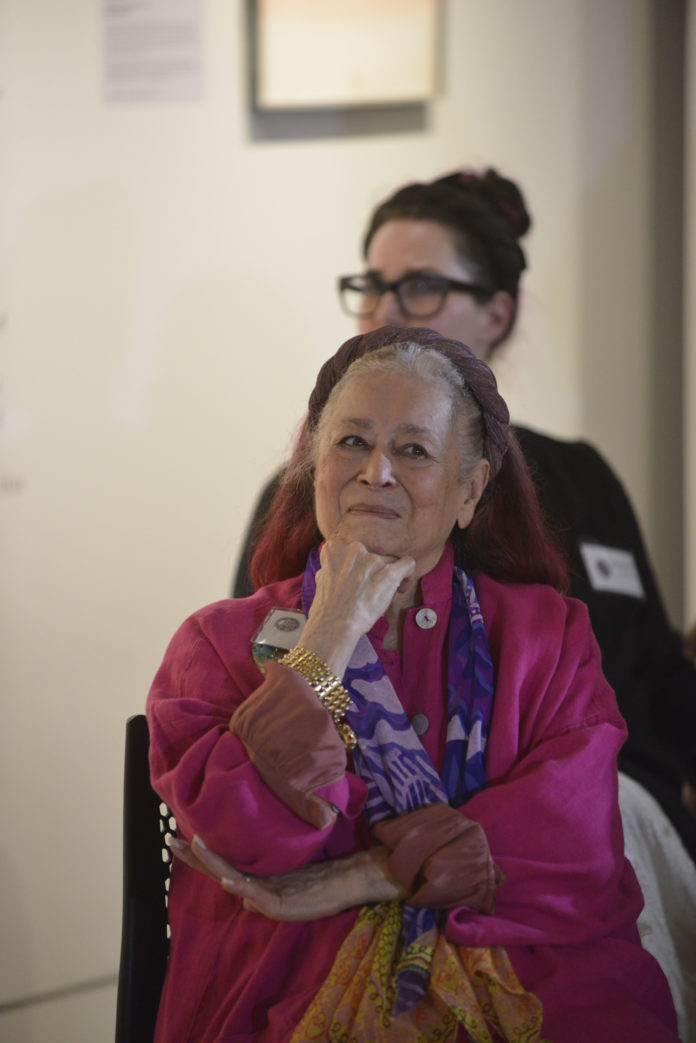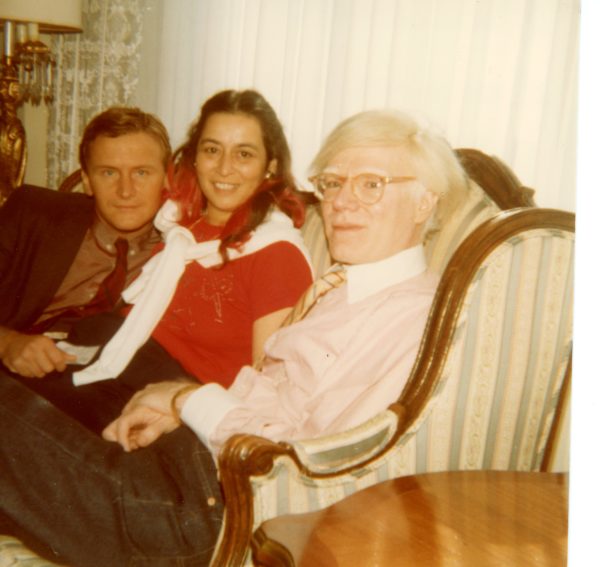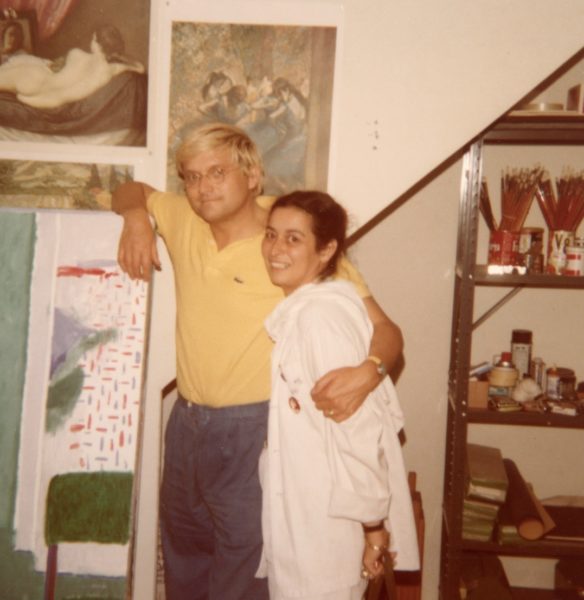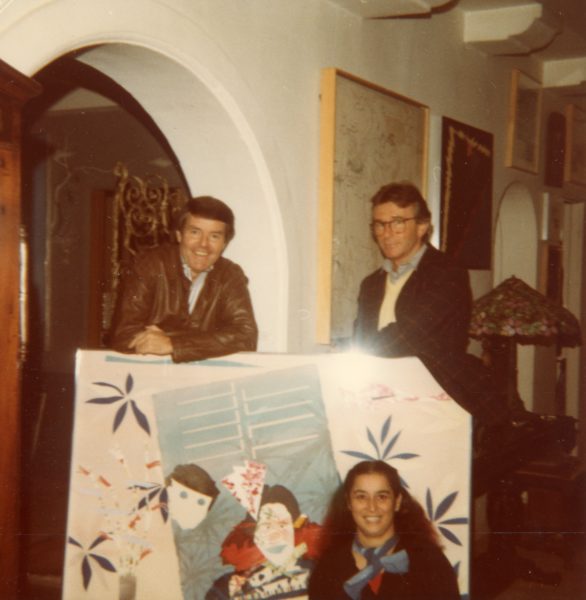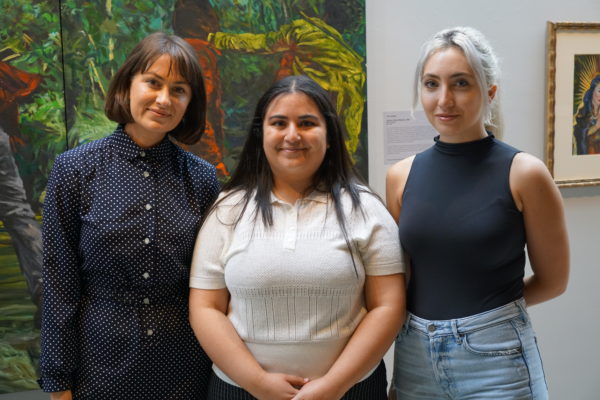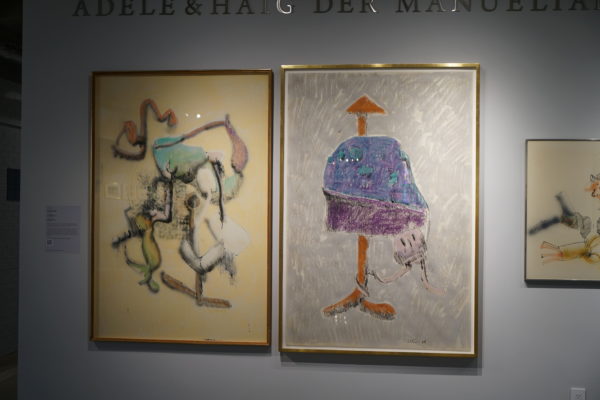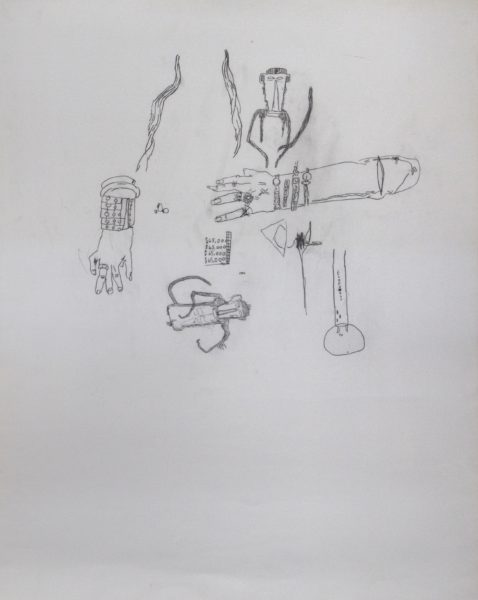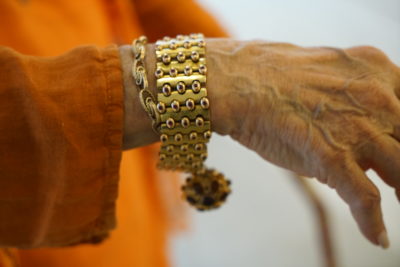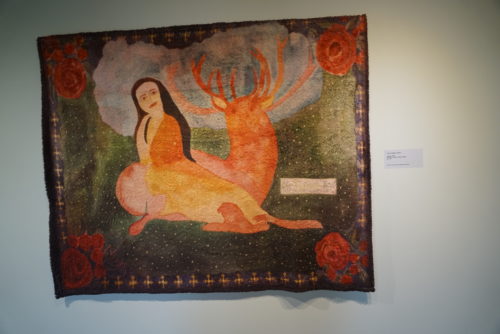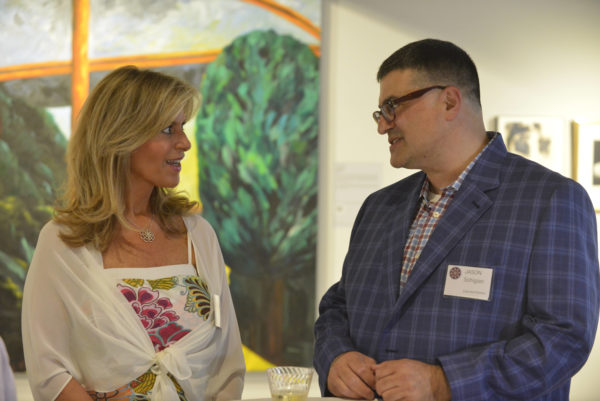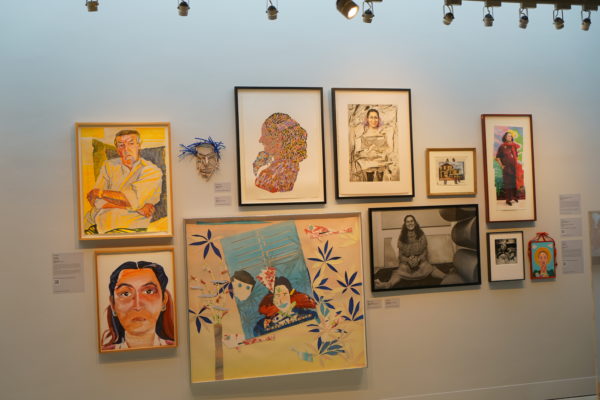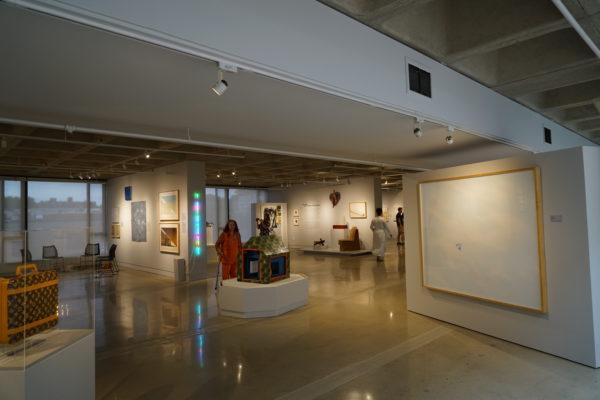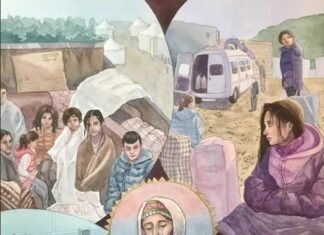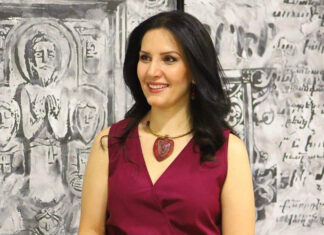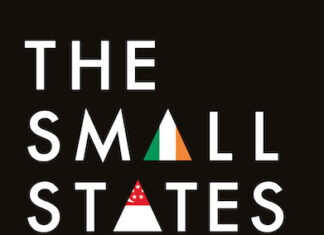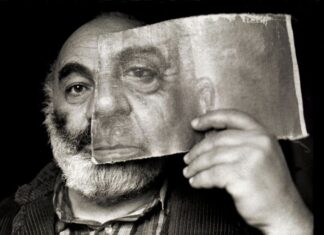WATERTOWN — The dual exhibits, “On the Edge: Los Angeles Art 1970s – 1990s from the Joan & Jack Quinn Family Collection” and “Discovering Takouhi: Portraits of Joan Agajanian Quinn,” currently on display at the Armenian Museum of America, merge the two facets of this woman: muse and supporter of the cool LA art scene as well as society patron in the Armenian community. It is hard to imagine anyone else able to draw a direct line connecting Andy Warhol to the Armenian International Women’s Association. Quinn does, however, and is equally at home in both worlds.
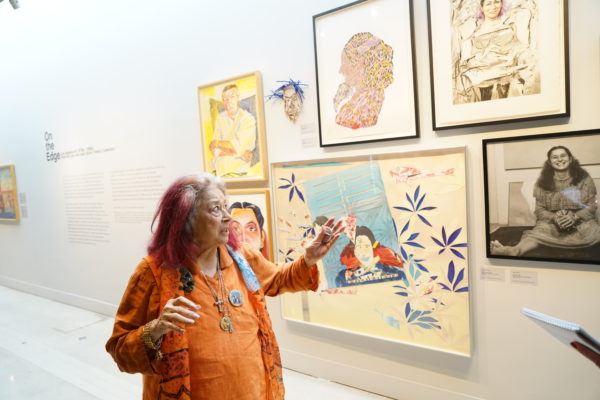
The exhibits, which will be on display through November 30, feature remarkable works of art from some of the most notable post-modernist and Pop artists, including Ed Ruscha, Jean-Michel Basquiat, Andy Warhol and David Hockney, as well as many notable artists from Armenia, which the Quinns collected over the past six decades. Most would be right at home at a major metropolitan museum.
(“We always called Andy [Warhol] a sponge because no matter what would come up, he would always sponge it up and use it for himself,” she said. “He was very good about making up his own persona.”)
The woman at the center of it all, Quinn, was present for the grand opening on June 16 and took part in a private tour before the official opening reception. It was uncanny to be next to the woman who was represented in myriad forms on every wall. Many of the artists have captured the colorfulness — literally and figuratively — of this delightfully bubbly muse. In person, she appears much as she does in many of the portraits surrounding her, bright and sparkling, complete with fuchsia-tinged hair and bedecked in chunky jewelry.
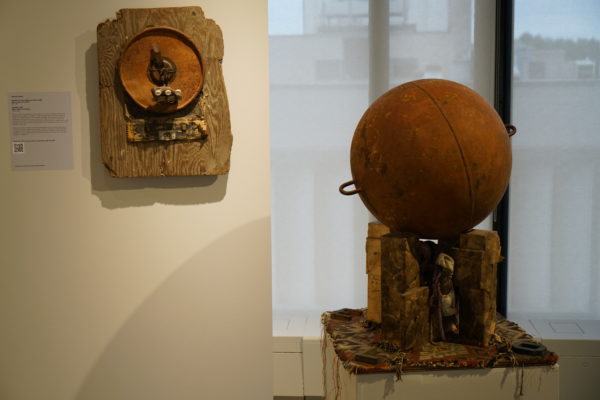
Her entrée into the art world in the 1970s was through meeting Billy Al Bengston at a department store where they both worked. It was a short hop, skip and a jump to meeting Warhol and becoming the West Coast editor of his magazine, Interview, as well as eventual muse to and promoter of the new Pop artists of Los Angeles.
According to curator Rachel McCullah Wainwright, “This put her in a place where she could promote artists,” she said. In addition, her husband, Jack, who was a contractual attorney, helped many of the artists draw up more advantageous contracts.



